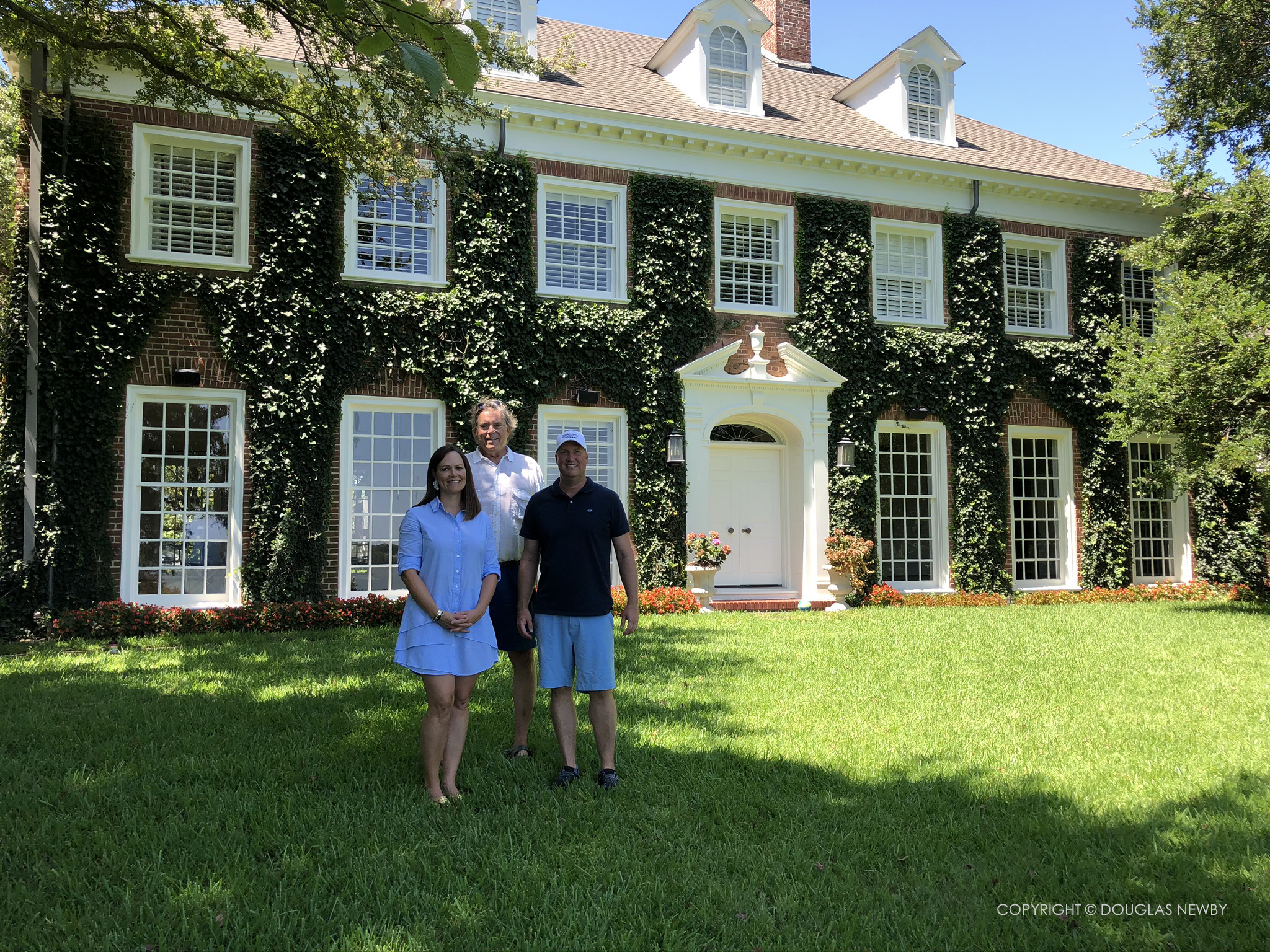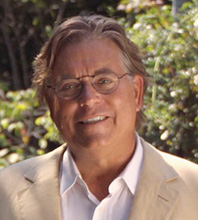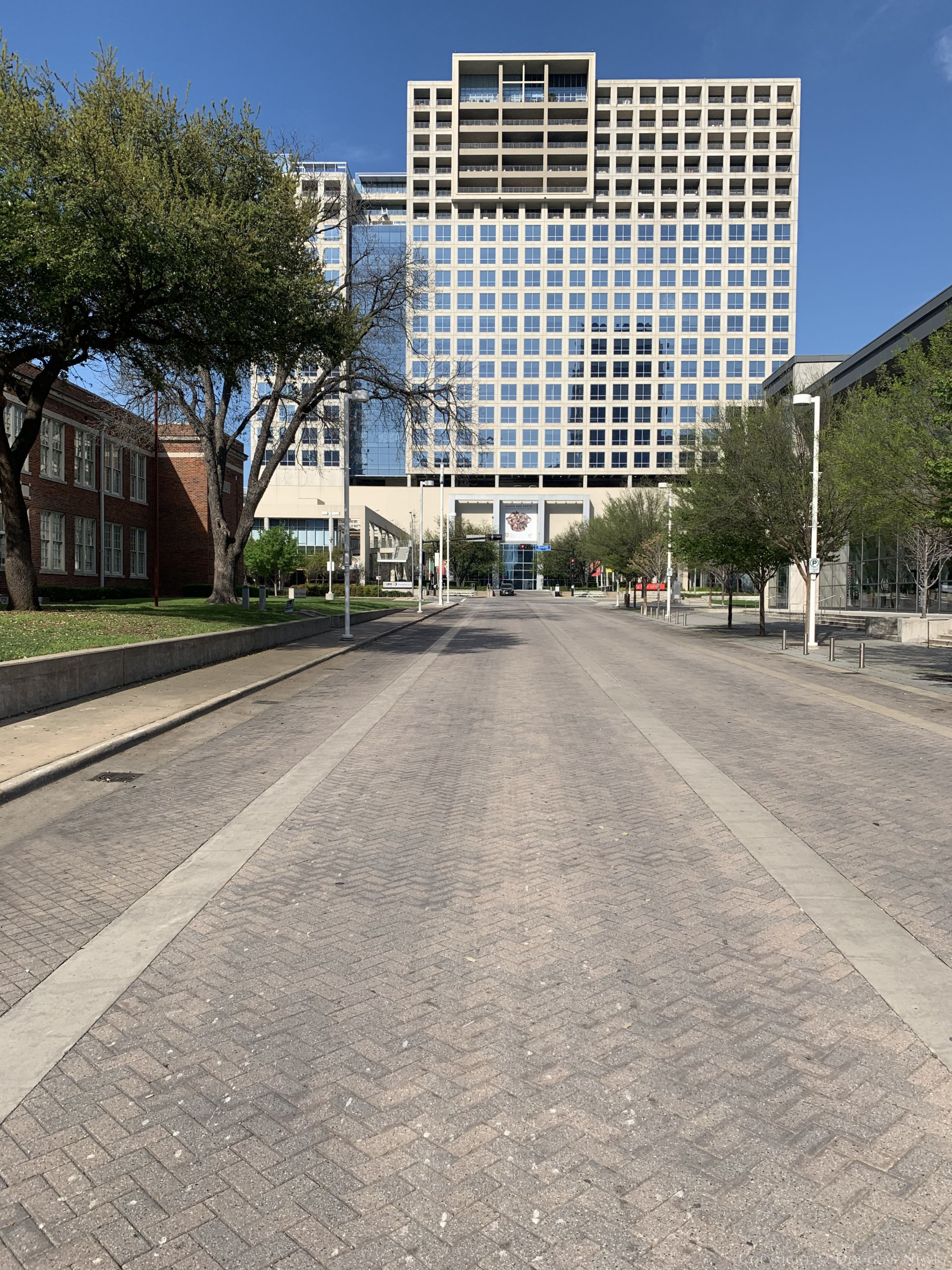
Pandemic Changes Congestion
Until the pandemic, people’s choices were largely shaped by their workplaces and commutes. A 25-minute drive to work could become an hour and a half at rush hour. One might have to wait 60 minutes to get their 7:00 p.m. reserved table for a 90-minute dinner. A 15-minute quick trip to buy a few items at the grocery store might take an hour because of the crowded aisles and long lines on weekends. Movie theaters were packed or even sold out on weekend evenings while they were virtually empty on Sunday or Monday evenings. Swim lanes at noon would be packed with six or seven swimmers, while mid-morning or mid-afternoon lanes would be almost empty.
Industrial Age Pattern Unravels
Now the industrial age pattern, with its emphasis on the factory whistle or corporate time clock has unraveled for millions. For those of us who are self-employed, we naturally have been able to travel the road when it is less traveled, swim in the empty lane, have a movie theater to ourselves, and have leisurely dinners or lunches when the servers appreciate us rather than looking at their watches to make sure they can rapidly turn the table. Over the years of being self-employed, I work more hours per week than most corporate employees, but the time I devote to my non-work activities are more relaxed and enjoyable hours since they are not stuck in traffic, waiting in lines or waiting for service.
Pandemic Creates More Worker Productivity
More recently, surveys of companies and their employees who have been working from home show the employees have been working more hours per week and are being more productive. Workers cite working from home allows them more flexible hours and reduces stress.
Pandemic Has Workers Abandoning Office Buildings and Apartments In Dense Neighborhoods
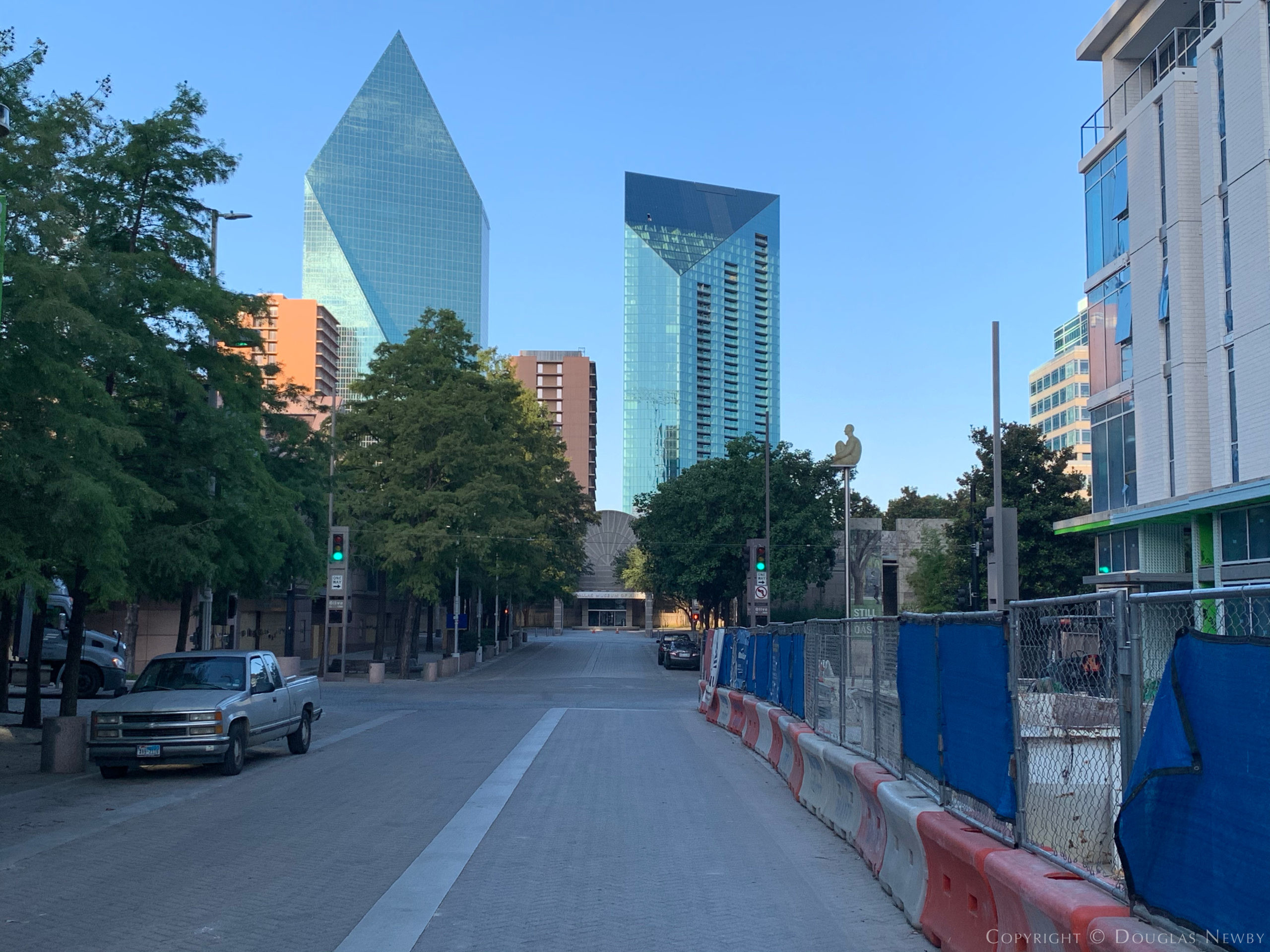
The pandemic made office workers abandon office buildings. Many of them, now that they have had a taste of freedom and self-reliance, may never go back when the pandemic ends.
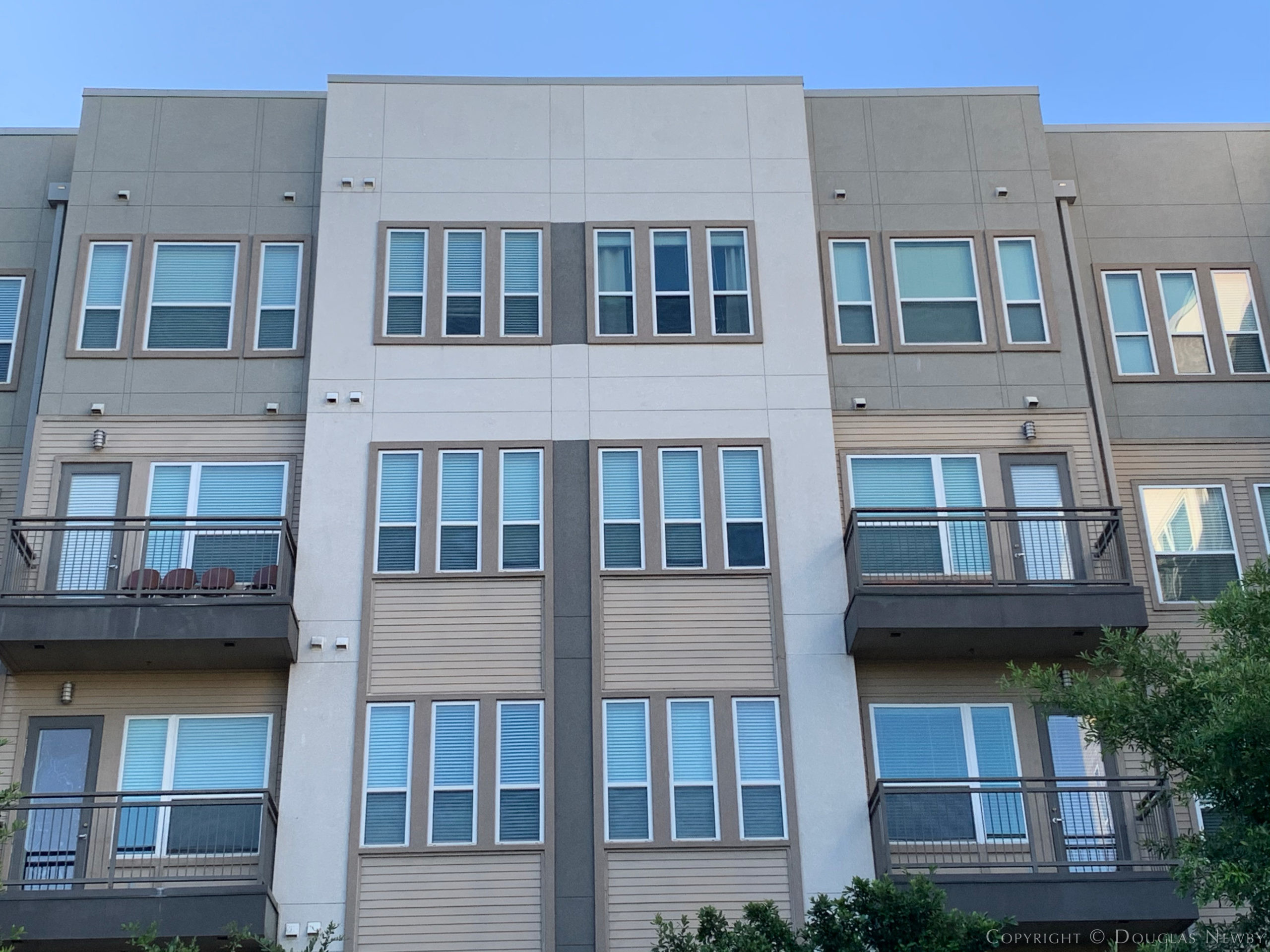
Corporate employees will continue to abandon apartments and smaller homes to move into larger homes even though they might not have the proximity to their previous office tower and density-dominated city. The pleasure of finding a home that makes them happy working, living and playing at home far outstrips the benefits of living in a dense work and home environment.
San Francisco Declines—Dallas Soars
It is no coincidence that San Francisco, considered one of the most desirable cities in the country, has lost more than 10% of its population this year and its condominiums have lost 10% of their value. The exercise of people reevaluating how they can live and work explains why low-density cities like Dallas have seen their home prices soar and a continued demand for homes that is greater than the number of homes available to purchase.
Pandemic Reorganizes the Way We Live
The pandemic has also organized daily activities in a more reasonable way. It turns out people did not flood the swim lanes at noon because they wanted to swim at lunchtime, but because that was the only time available to them under a corporate schedule. When the swimming facilities starting taking lane reservations to keep down the number of swimmers in each lane, the swimming activity was evenly distributed throughout the day. Interestingly, noon became the hour most available for reservations as this was a time the fewest swimmers signed up for. Swimmers naturally spread their swim sessions throughout the day to coincide with their personal work responsibilities and rhythm of life.
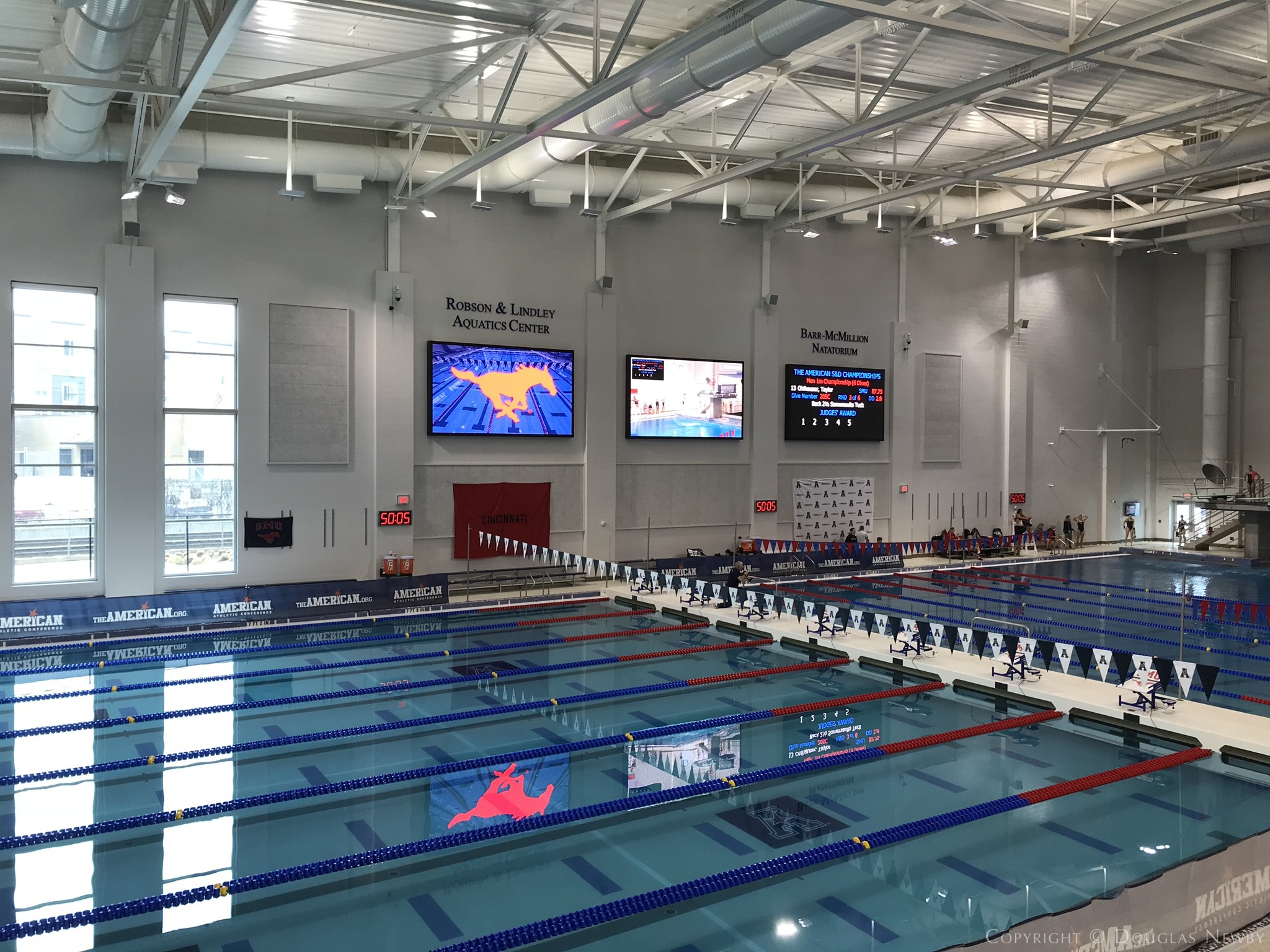
Old Habits Were Hard To Break
We see that old habits were hard to break at the beginning of the pandemic. Runners, walkers, jogger and cyclists jammed the dedicated paths like the Katy Trail. Gradually, runners and walkers realized there was much less street traffic and quiet residential streets were a perfect place to walk or ride a bike and say hello to neighbors. Some forward-thinking restaurants, like the iconic Cafe Pacific in Highland Park, spread out and distributed their diners as well. After the Dallas restaurant shutdown, Cafe Pacific did not open as quickly as some other restaurants, but when they did, Highland Park resident and owner Jack Knox and Cafe Pacific chef Terry Cook came up with a thoughtful plan to accommodate their loyal clientele. Rather than keeping strict lunch and dinner hours, Cafe Pacific opened with a continuous service from 11:30 to 9:00 by adding a midday shift. This both distributed their clientele and their wait staff throughout the day. They also combined their lunch and dinner menus so one could now order their favorite dishes at any time. This further spreads out the clientele as people are following their own rhythms of life.
Elected Officials Should Be Expanding Hours During Pandemic Not Shortening Them
When the pandemic first hit in March, I thought we would see establishments extending their hours and spreading out their services and their clientele enjoying their newfound flexibility to shop, eat or work on their own timetable. It is shocking that some elected officials are actually reducing and restricting the hours establishments can be open. Just as more cars can move down the highway in a day with an even flow of traffic that does not get bunched up during the congested hours, more diners, drinkers or worshippers can enjoy safer and less crowded fellowship if an establishment’s hours are extended, not restricted. Limiting the number of people in an establishment makes sense. Shortening the hours of activities causes congestion and unsafe conditions, which is the last thing you want to promote during a pandemic.
Pandemic Acts as A Hammer Deconstructing Our Cities and Our Lives
The pandemic has served as a hammer deconstructing our cities, our neighborhoods, our homes, and our lives and allows them to be reconstructed in productive ways. The year in 2021 will be the start of a new, more flexible, more productive, and happier year. The year will be enhanced by corporate leaders providing their employees more freedom and flexibility. The year will be enriched and made safer by elected officials allowing their constituents to spread out their activities. Neighborhoods will flourish and cities will thrive if city officials and planners embrace Organic Urbanism, emphasizing the natural rhythms and desires of how and where people want to live and work.
At a time when the country is brittle and cities are fragile, we have the opportunity to see new growth and joy emerge just as if we were watching land decimated by a forest fire begin to blossom with new growth and a fresh start.
